At #12: A visit to Chichén Itzá
For many a visit to the temple ruins of Chichén Itzá is a MUST by now. Named one of the New 7 Wonders of the World in 2007.
An impressive, stately Maya site which gets millions of visitors a year. People from all over the world.
Some visitors stay nearby. Others make a tour to Chichén Itzá from popular destinations like Cancún, Tulum, Valladolid, Mérida, amongst other places.
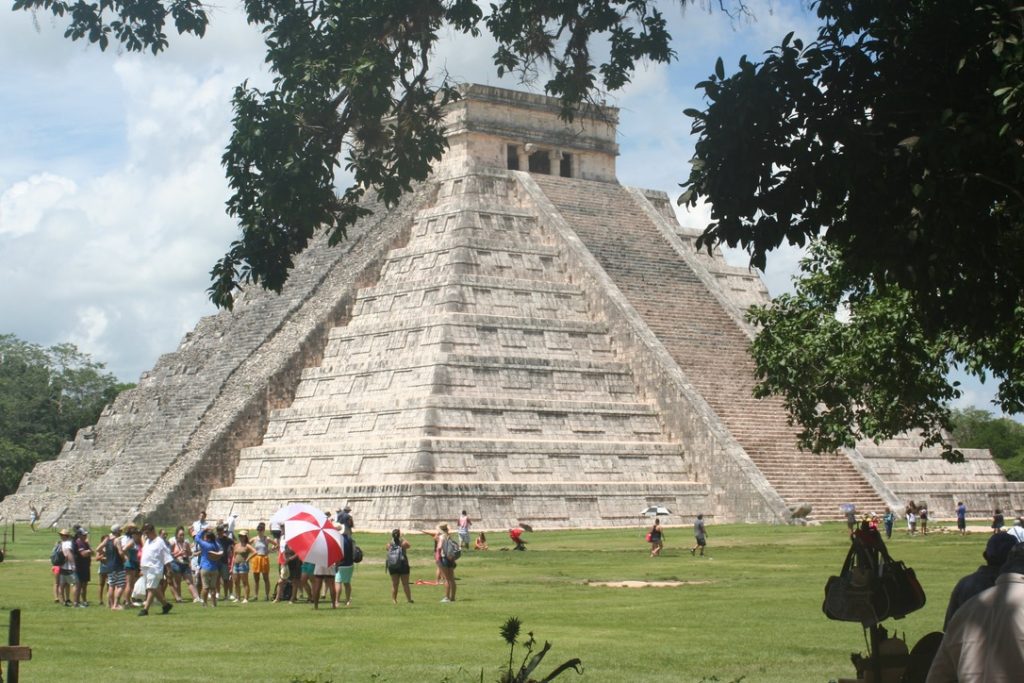
Before you read on
- IMPORTANT: Throughout this post you’ll find affiliated links provided by affiliate marketing platforms like Viator, GetYourGuide, Expedia & others. Links & ads that may help you plan your next trip to Paris.

A short history of Chichén Itzá
Chichén Itzá was an important Maya city that came to life during the Classical period (600-800 AD). Its heyday though, came just after this period.
At a time when famous Classical cities like Tikal, Calakmul, Palenque, Copán & others lost their power, while their inhabitants had massively left their centers. Partially migrating to the Yucatán peninsula.
- Chichén Itzá means “At the mouth of the well of the Itza”. Referring to the Cenote Sagrado – the city’s biggest water source – which is located in its ceremonial center. Not too far from the central Pyramid of Kukulcán – also known as “El Castillo”.
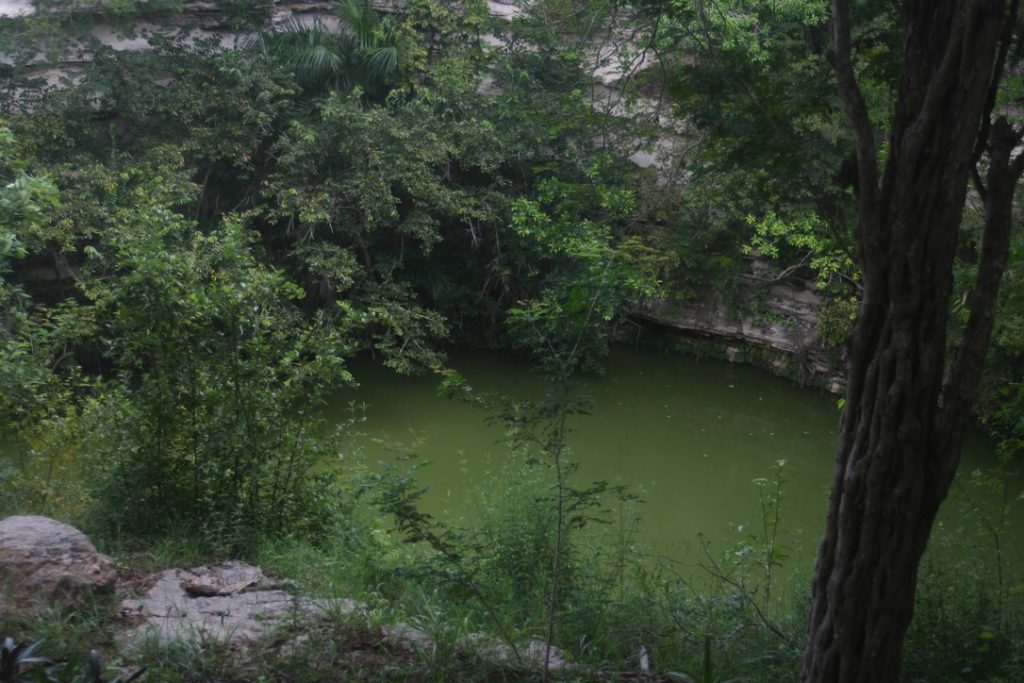
- Chichén Itzá was certainly not the city’s original name. The story goes that the place was renamed after people from outside – the Itzas – occupied the city. The former, original name may have been Uucyabnal – “the City of the Seven Rulers”. However, experts aren’t sure yet.
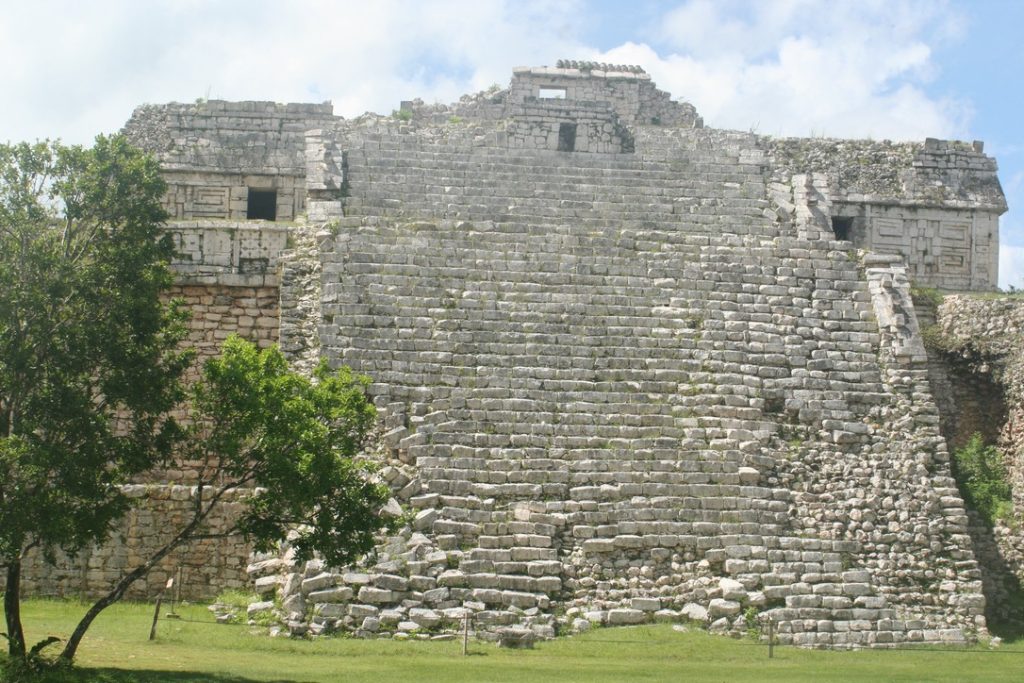
During the Late Classic & Post Classic – that is, between approximately 800 and 1200 AD – power shifted almost continuously from one city to the other on the Yucatán peninsula.
While in the Western part of the peninsula – around 850 AD – Uxmal was the most important city, Chichén Itzá took over that major role from Cobá in the Eastern half. A role as an important regional capital which would last for almost two centuries (After which it was the turn of another Maya city on the peninsula, namely Mayapán).
Although Chichén Itzá’s power declined considerably during the 13th century, the city remained densely populated.
Simultaneously thousands upon thousands of people from the surrounding Maya area & beyond kept visiting the city as a Place of Pilgrimage. Mainly to bring offers to the Gods living beneath the water surface of the Cenote Sagrado.
The Cenote Sagrado of Chichén Itzá
In the first decade of the 20th century the famous North-American archaeologist Edward H. Thompson (1857-1935) explored the biggest cenote of Chichén Itzá.
It soon turned out to be full of valuable offerings. Beautiful artifacts made of jade, obsidian, gold & others. Items that originally came from all over Mexico, Central America & beyond. From that time on the somewhat smelly “green sinkhole” became the “Sacred Cenote” – the “Cenote Sagrado”.

Not only did Thompson find thousands of artful objects, but also many human sacrifices. Mainly young children. A grisly find, despite the knowledge that the offerings of humans were normal in the Maya World.

Nowadays the Sacred Cenote of Chichén Itzá is one of hundreds you can visit on the Yucatán peninsula. Some just to stare at – like this particular one – but others to have a refreshing dive in.
All of them were & still are Holy Places for the Mayas. Providers of life – the main source of water on Yucatán, which doesn’t have any rivers – and death.
- The Mayans considered the cenotes part of the Underworld or Xibalba. The place where their Gods lived, as well as their ancestors.
Rediscovery of Chichén Itzá
Chichén Itzá was still inhabited when the Spaniards arrived in Mexico. The invaders temporarily used it even as a base for their plans to conquer the Yucatán peninsula. Plans which weren’t that easy to accomplish, as the native population resisted the Europeans for years.
- The conquest of Yucatán by the Spaniards – led by the Francisco de Montejo (1479-1553), his son & nephew of the same name – took 16 years, from 1527 until 1543.
Soon thereafter the land was divided into large pieces & distributed among the first Spanish colonists – mainly former conquerors (“conquistadores”). The area in & around Chichén Itzá became a cattle ranch.
That was what it still was when the famous North American traveller/explorer John Lloyd Stephens & his British companion Frederick Catherwood rediscovered the temple ruins of Chichén Itzá. Soon they presented them to the world through their beautiful illustrated travelogues.
- To learn a little more about these two men & their books, go to my: Introduction to the Maya World.)

- When Stephens & Catherwood visited the city’s remains, the main road from Valladolid to the coast ran straight through the ruins & directly along the Pyramid of Kukulcán.
Soon after these two adventurers many other famous names would visit Chichén Itzá. Little by little rescuing its past & in the end opening it up to thousands of early visitors & millions of yearly tourists nowadays.
A visit to Chichén Itzá
The ceremonial center of Chichén Itzá is extensive. Certainly in comparison with most other Maya sites. Because of its long history & temporary role as a metropole you can distinguish several Maya styles, as well as discover influences from outside the Mundo Maya.
Besides the well-known central pyramid & cenote, Chichén Itzá presents its visitors many other remarkable monuments & other sights, like the:
- “El Caracol” (the Snail), a remarkable round building which was an observatory
- The Group of the Thousand Columns
- The Temple of the Warriors, with a prominently placed statue of Chac Mool at the top of the stairs
- An enormous Ball Court (the largest one in Mesoamerica)
- The Platform of the Skulls, and
- “El Edificio de las Monjas” or Nunnery, which includes the beautifully sculpted “Church” on one side.
- The Akab-Dzib, one the oldest buildings of Chichén Itzá build in Puuc Style (or if you like, Uxmal style)
To name a few.
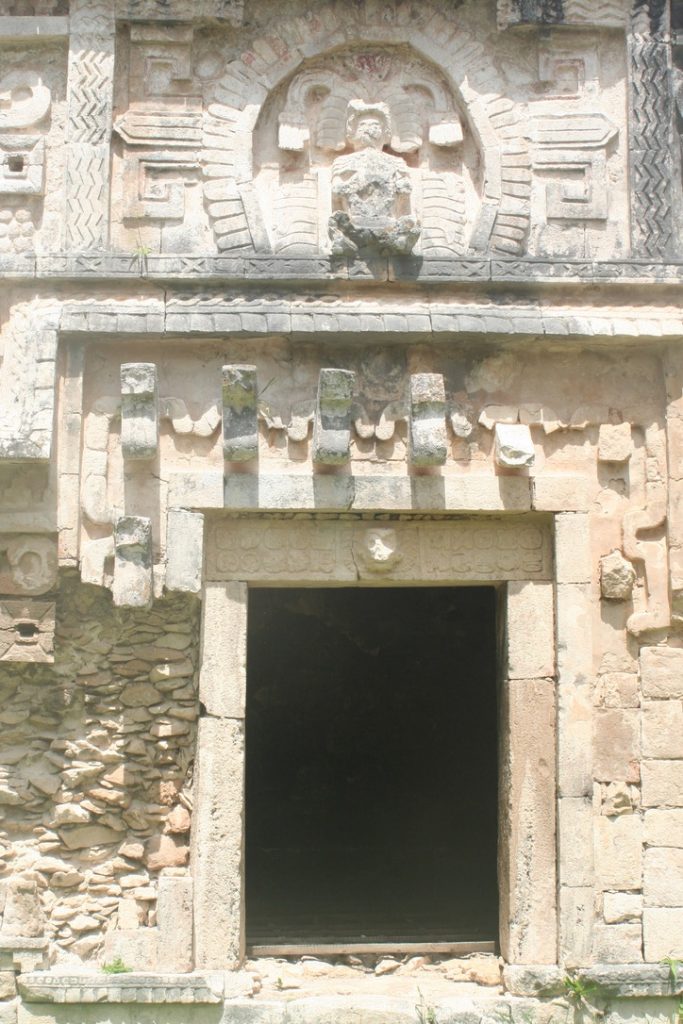
I hghly recommend you to visit Chichén Itzá, an impressive Maya site.
However, I also would like to advise you – if you can – to visit the site early in the morning or late afternoon to avoid the bus loads coming in daily from Cancún, Tulum, Valladolid & Mérida.
- Chichén Itzá opens its gates every day at 8am. Closing them at 5pm, with the last admission allowed at 4pm.
Visit Chichén Itzá – Getting there
To visit Chichén Itzá as early as possible or late afternoon, it’s best to stay near the temple ruins. The nearest village is Pisté, which offers several hotels (See hotel choice below).
- Pisté is less than 3km/2 mi. away from the Maya site of Chichén Itzá.
The majority of visitors visit Chichén Itzá from popular destinations further away. That is, an acceptable car, taxi or express bus drive away:
- Valladolid (45 minutes)
- Mérida (1 hour, 30 minutes)
- Tulum (2 hours)
- Cancún (2 hours, 20 minutes)
If you don’t stay close, nor have your own transport, the best way is to book a tour (see next segment).
Visit Chichén Itzá – On a Tour
When staying nearby you may want to contract a professional guide beforehand.
For more information, click on: Guided Walking Tour of Chichén Itzá
Or else, book an well organised tour from the place you’re staying (Tours which usually include a stop at other attractions and/or lunch on the way):
Click on the name of your destination to learn more about tours to Chichén Itzá (organised by GetYourGuide or Viator) from:

Visit Chichén Itzá – Where to stay?
Pisté
If you want to stay nearby, you probably end up in Pisté. Located a 10 minute drive away from the temples of Chichén Itzá.
My favourite hotel in Pisté is the Hotel Chichén Itzá, which – besides being affordable (the room price includes an extensive breakfast) – has a big pool & good restaurant.
- When I arrived there the first time with my girlfriend – backpacking through Mexico & Guatemala for three months in 1992 – tired & almost out of money, this hotel provided us & other backpackers a place in their beautiful garden to put up our tent. While also opening one of their rooms for us to use the bathroom. At the time, a perfect solution & most helpful.

Valladolid
When staying in Valladolid – 45 minutes from Chichén Itzá – I’d recommend you to stay at the Mesón del Marqués.
The rooms at the Mesón del Marqués are spacious. There’s a nice swimming pool & it has an excellent restaurant with many authentic Mexican dishes (Including a wide choice of breakfasts), as well as international plates.

- We personally enjoyed the swimming pool very much. Certainly after several day-trips we undertook in the surrounding area. Including a Visit to the Maya site of Ek Balam & a trip to the Pink Lagoon of Las Coloradas, spotting – amongst others – several crocodiles & many flamingos.
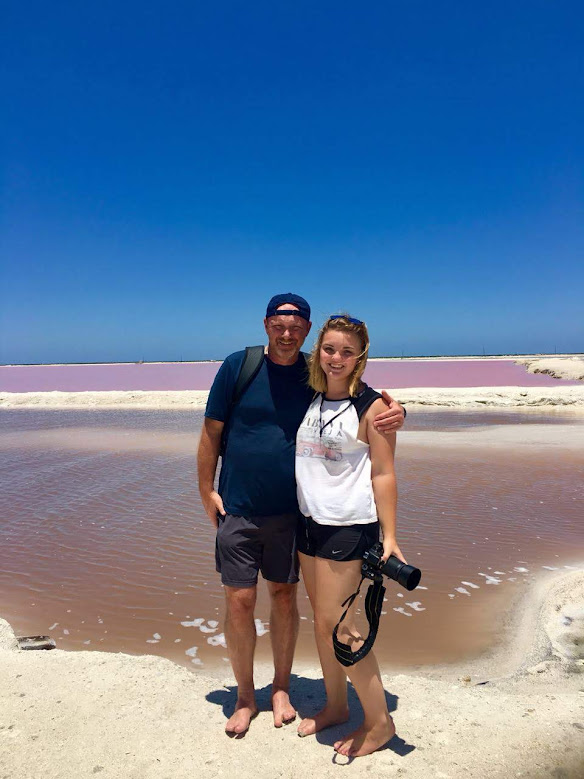
Mérida
If you’re staying in Mérida & haven’t booked a hotel yet, I’d like to recommend you the Casa del Balam.
A good, affordable hotel with a nice swimming pool & restaurant, located in the central part of Mérida. At walking distance of all its major attractions.

To learn more, go to: Casa del Balam, Mérida
- Breakfast wasn’t included in the price, but that was no problem really. Every morning we stayed there, we started our day at the excellent La Chaya Maya restaurant nearby. Besides breakfast, we went back there several times for lunch & dinner. Certainly, one the best authentic restaurants in Mérida, if not in Yucatán.
Tulum
When visiting Chichén Itzá from Tulum – a 2 hour drive – there are many hotel options to choose from.
The last time we stayed at the Kaab Tulum, which is located close to the city center, has a nice swimming pool & modern, spacious rooms. Besides one of the best restaurants in town.
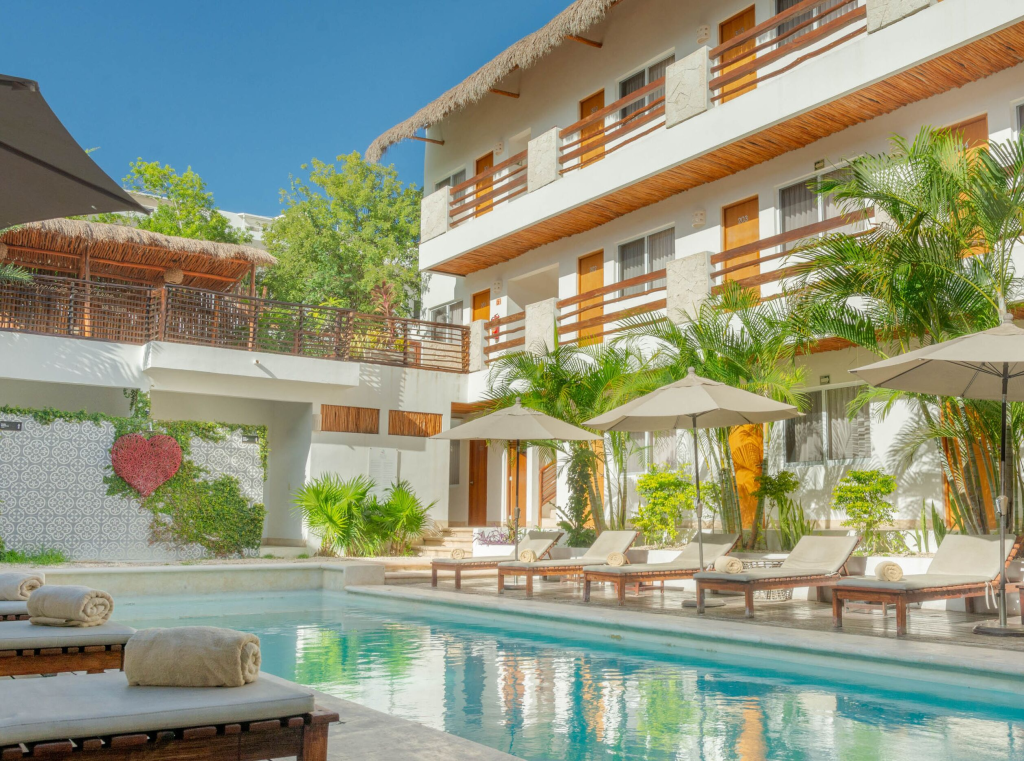
Cancún
And finally, Cancún. Like Tulum, a booming place full of hotels & restaurants.
The last time we didn’t stay in a hotel in the city center itself, but opted for one closer – that is, the closest – to the International Airport- The Hilton Garden Inn Cancún. A perfect place when you just arrived or are heading out soon, and – like us – had a flight in the middle of the night.
- You can literally walk from the Hilton Garden Inn to the Airport (That is, Terminal 2) in 6-8 minutes. We didn’t – because there was a free shuttle – but it’s possible.
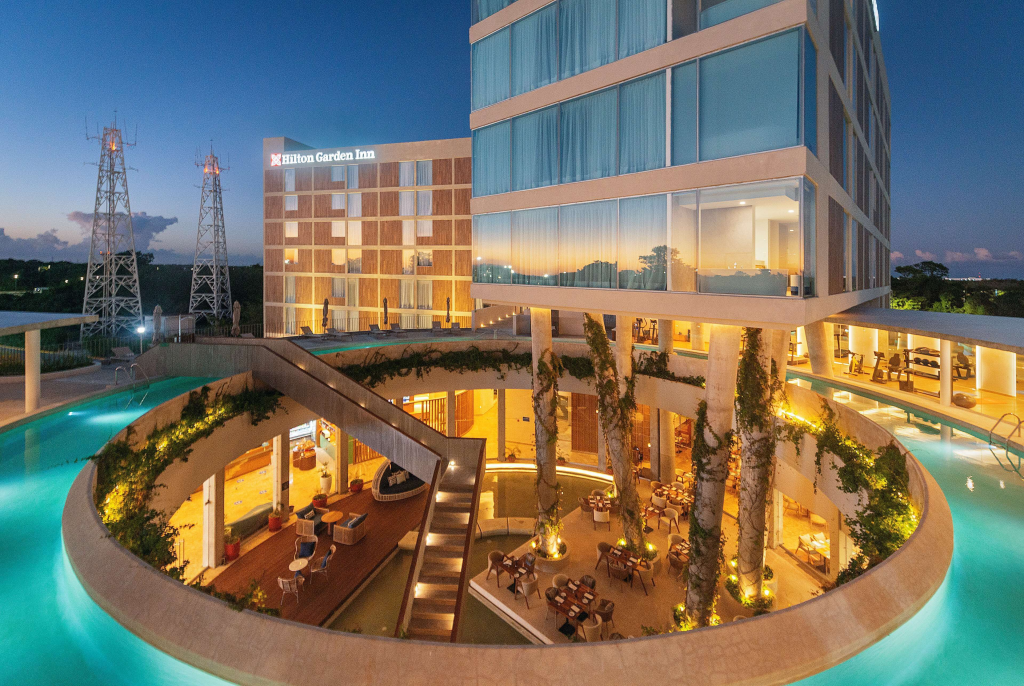
Last Photo Impressions of our latest visit to Chichén Itzá
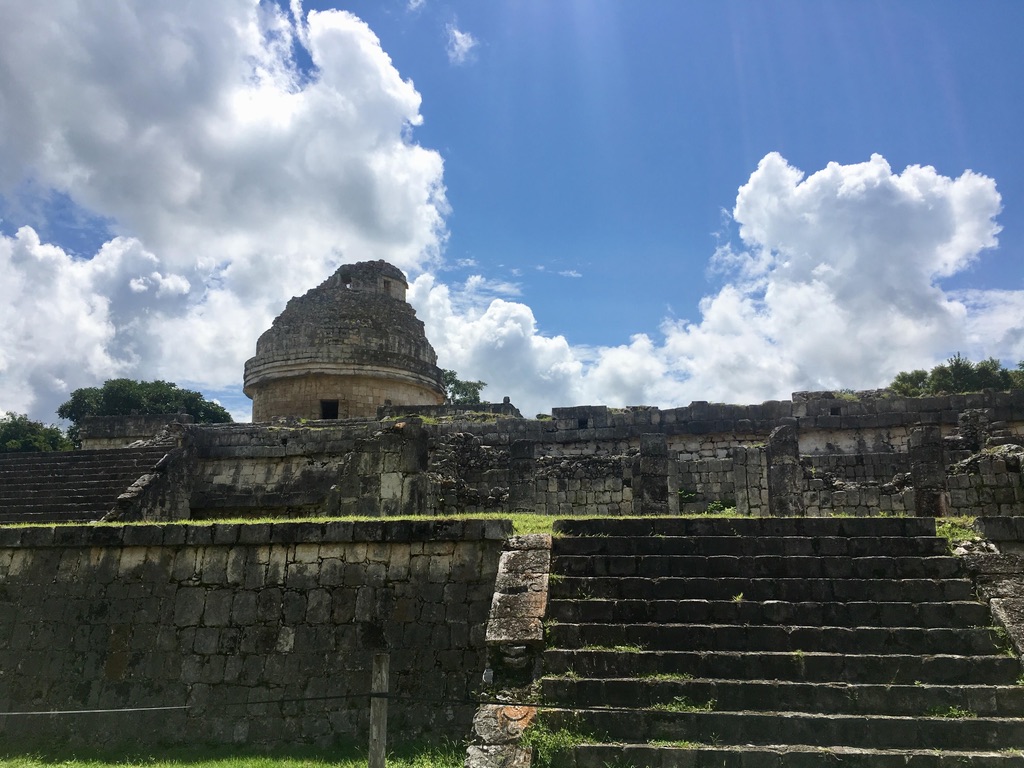
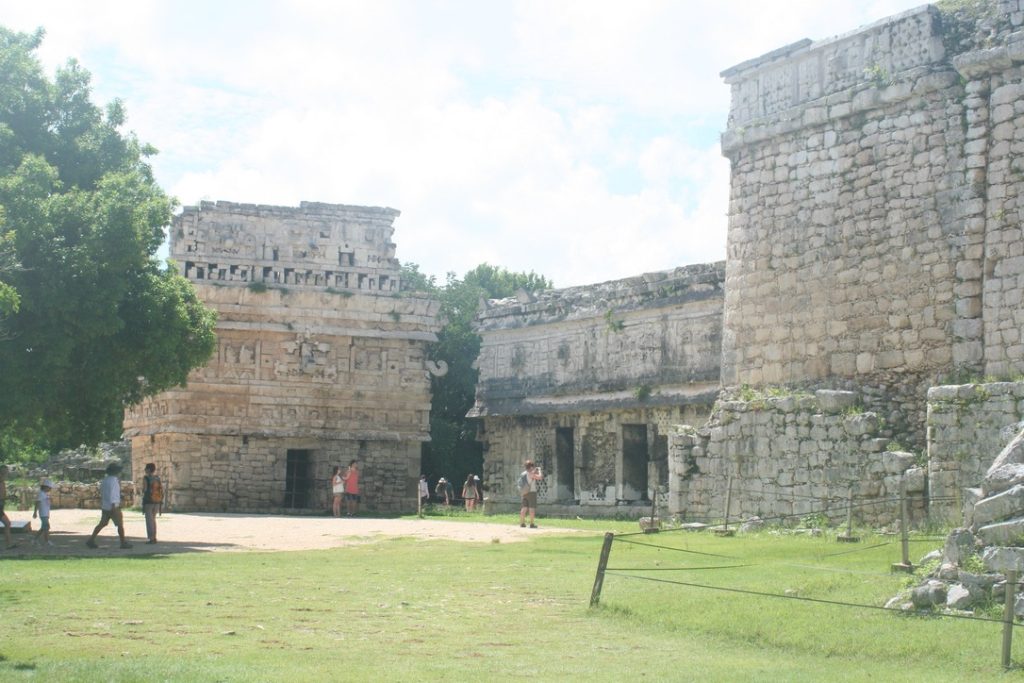
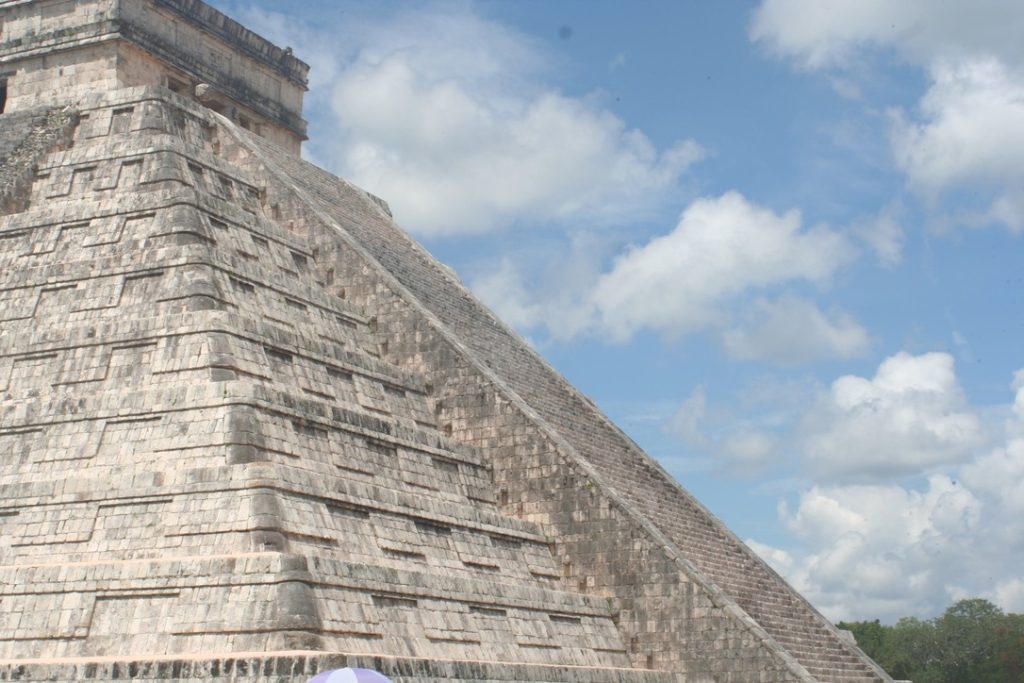
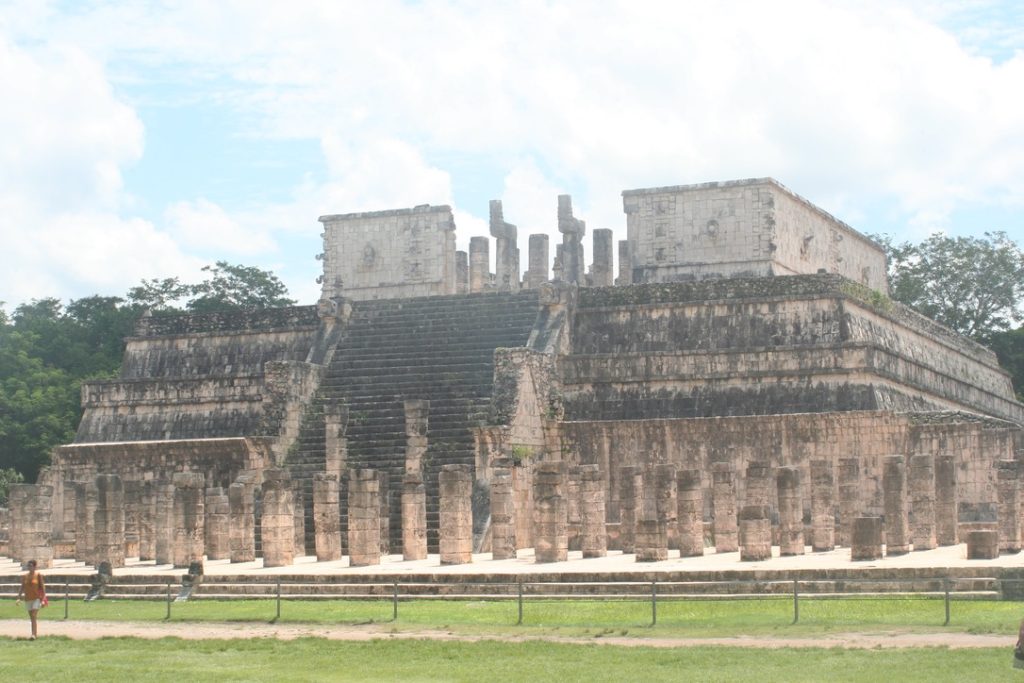
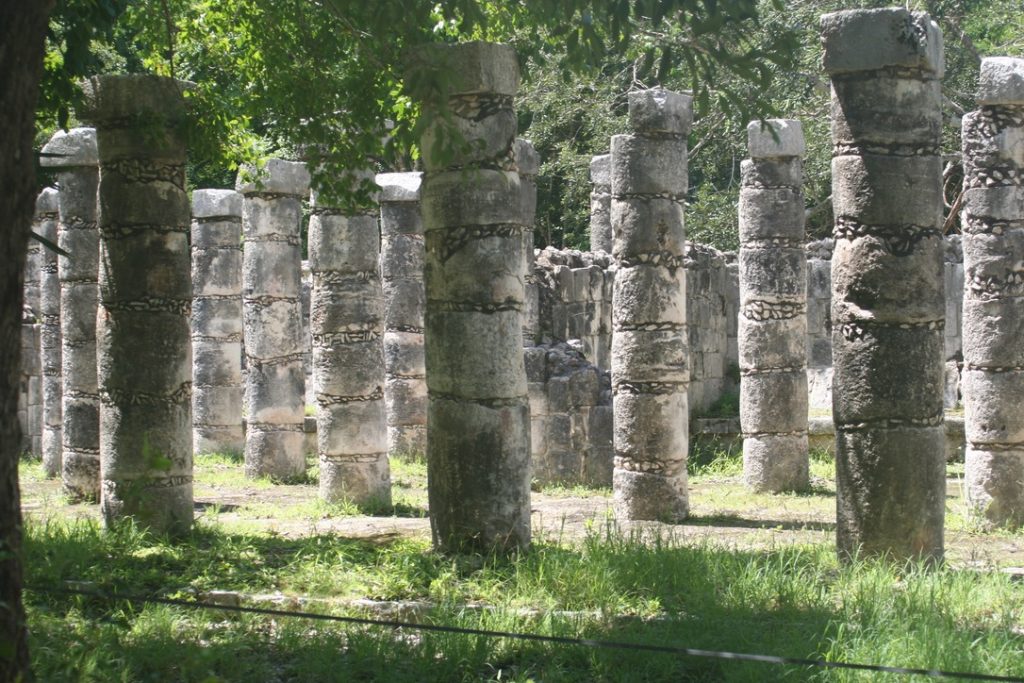
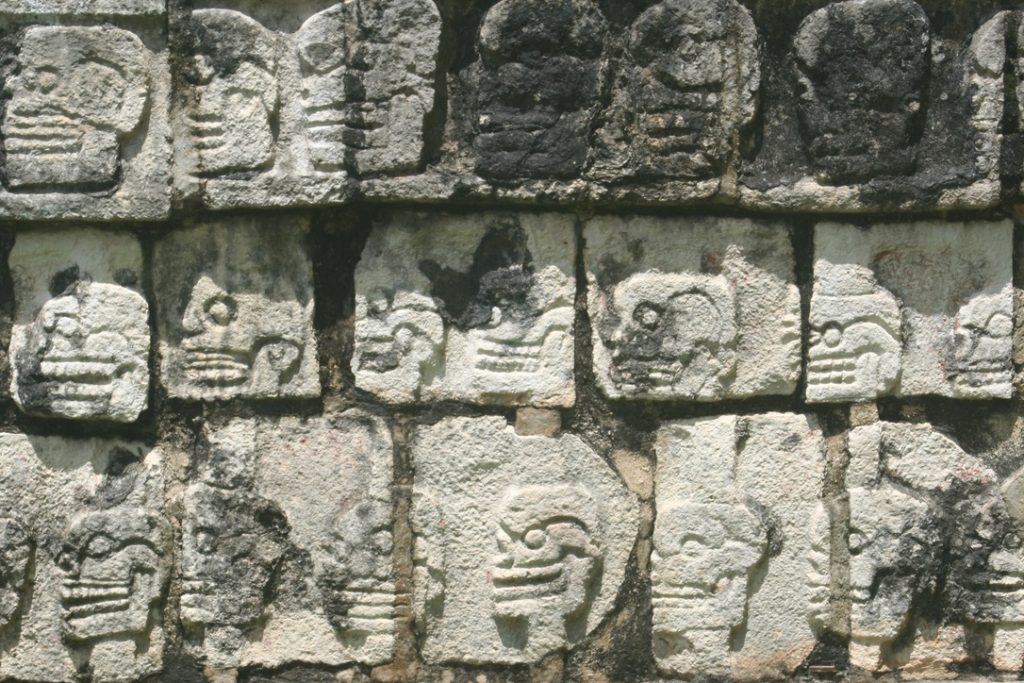
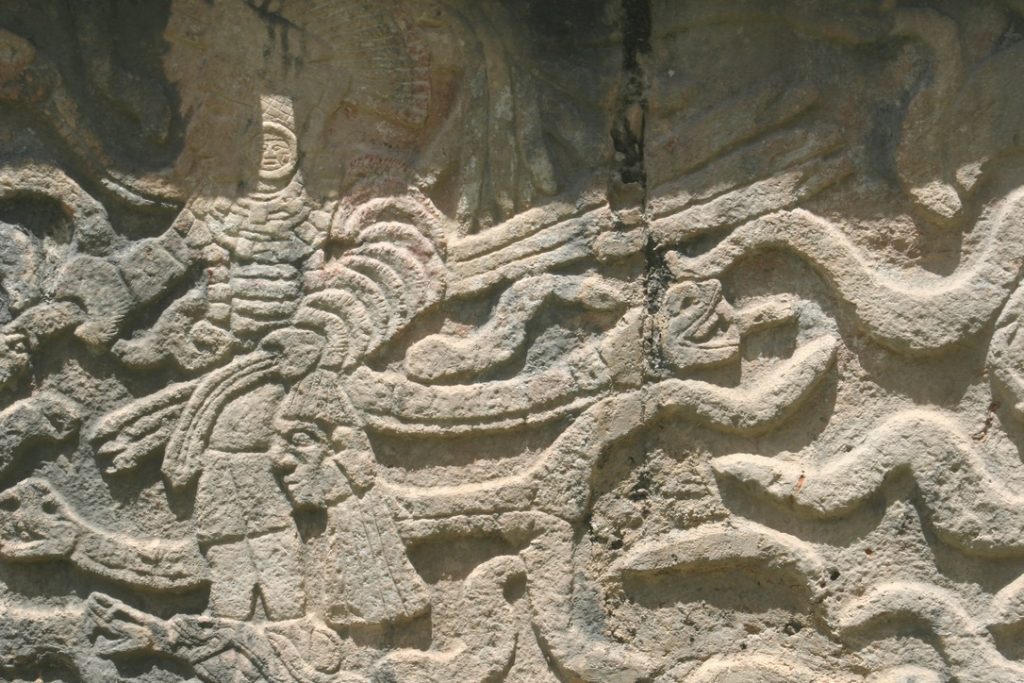
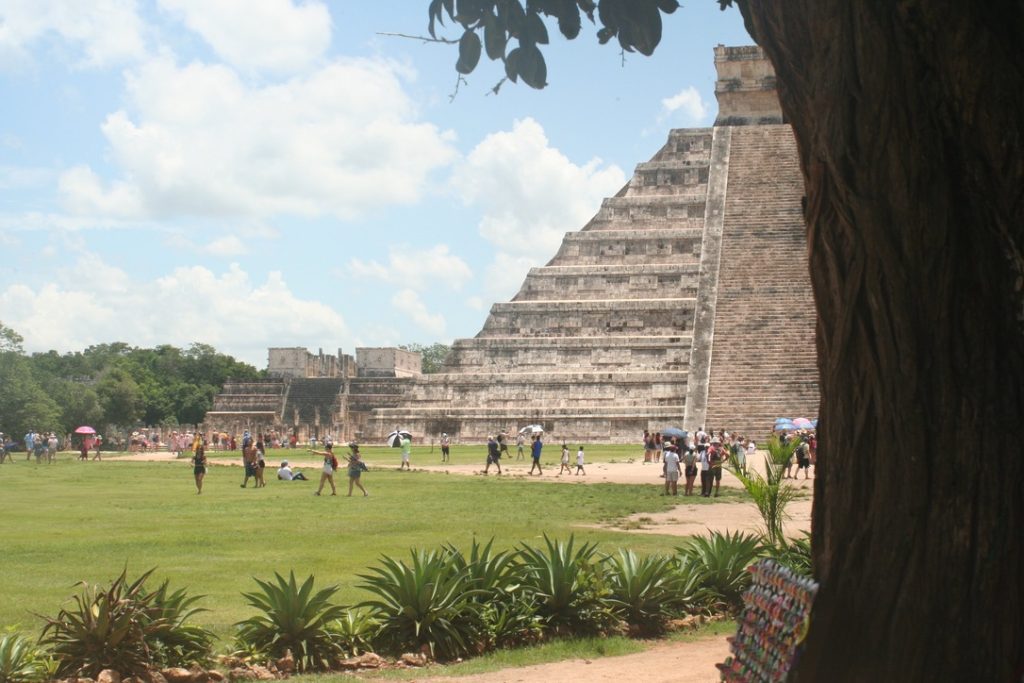
Overview of My Top #15 Maya sites
Click on their name to go to the respective post:
- 1. Copán, Honduras
- 2. Yaxchilán & Bonampak, Chiapas, México
- 3. Tikal, Guatemala
- 4. Palenque, Chiapas, México
- 5. Quiriguá, Guatemala
- 6. Kabah & Labná, Yucatán, México
- 7. Ek Balam, Yucatán, México
- 8. Yaxhá, Guatemala
- 9. Uxmal, Yucatán, México
- 10. Toniná, Chiapas, México
- 11. Cobá, Yucatán, México
- 12. Chichén Itzá, Yucatán, México
- 13. Tulum, Yucatán, México
- 14. Calakmul, Yucatán, México (under construction)
- 15. Muyil, Yucatán, México (under construction)
For a complete overview of all my personal favourites in one single post , go to: Top #15 Maya-sites
For an overview of all travel posts of my blog, go to: My Home Page.


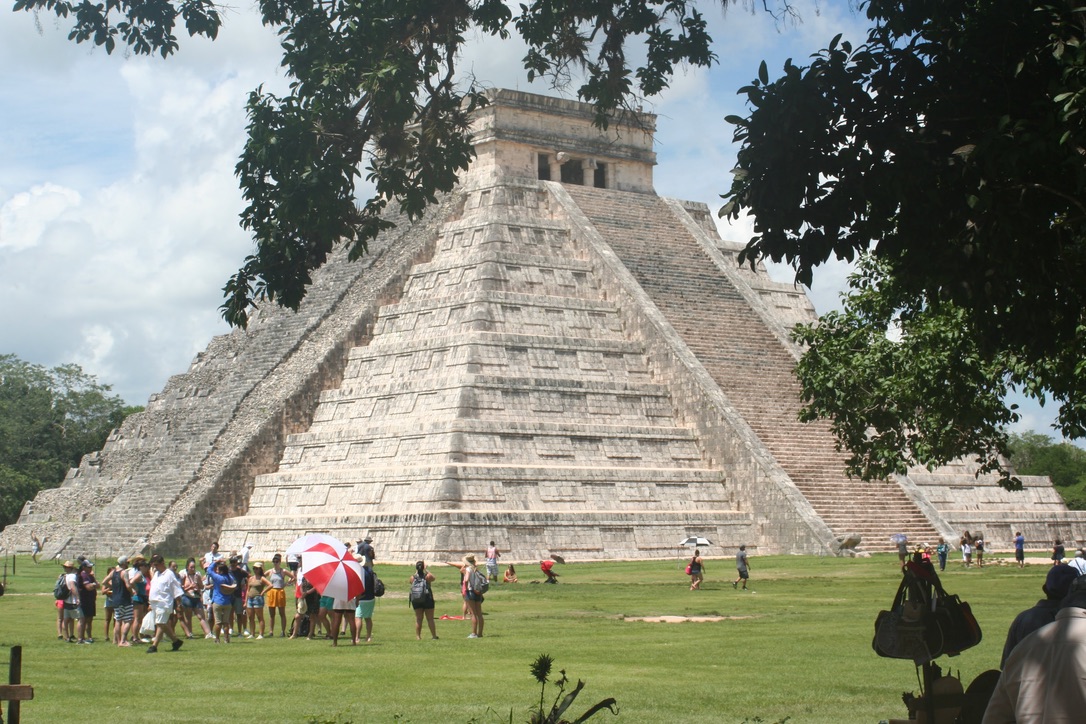
Comments
7 responses to “The best Tips & Ideas for a visit to Chichén Itzá”
[…] The Best Maya sites to visit, at #12, World famous Chichén Itzá […]
[…] The Best Maya sites to visit, at #12, World famous Chichén Itzá […]
[…] The Best Maya sites to visit, at #12, World famous Chichén Itzá […]
[…] The Best Maya sites to visit, at #12, World famous Chichén Itzá […]
[…] The Best Maya sites to visit, at #12, World famous Chichén Itzá […]
[…] The best Tips & Ideas for a visit to Chichén Itzá […]
[…] The best Tips & Ideas for a visit to Chichén Itzá […]